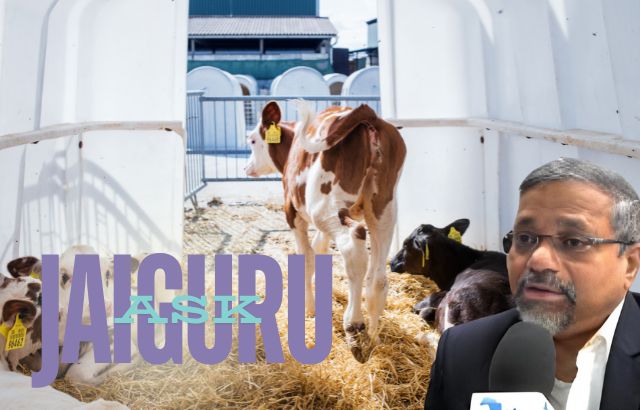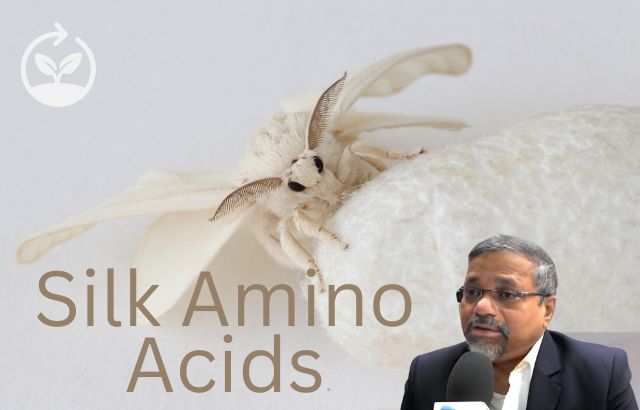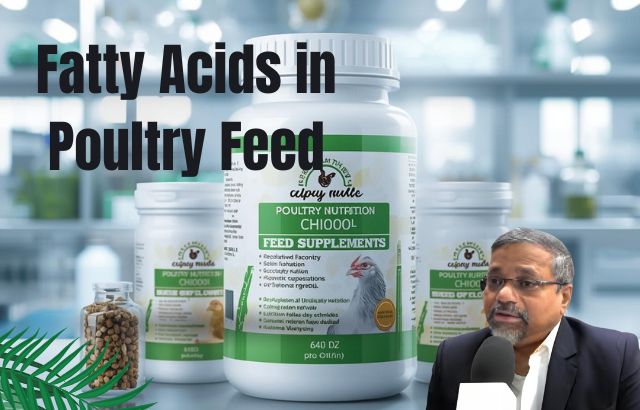Silk amino acids, derived from silk proteins like sericin and fibroin, are emerging as powerful tools in agriculture, offering eco-friendly solutions for crop enhancement and livestock nutrition. These biodegradable compounds, rich in essential amino acids, are transforming farming by improving plant growth, soil health, and animal feed quality. As sustainability becomes a priority, silk amino acids align with the global push for green agriculture. This blog explores the role of silk amino acids in agriculture, provides real-world examples, highlights the contributions of Green Innovators, and shares insights from Agriculture Green Innovator Jaiguru Kadam, including calculations and intriguing statistics. We also address frequently asked questions to guide farmers, entrepreneurs, and researchers.
The Role of Silk Amino Acids in Agriculture
Silk amino acids are produced by hydrolyzing silk proteins, yielding a mix of amino acids like glycine, alanine, serine, and aspartic acid. In agriculture, they serve multiple purposes:
- Plant Growth Stimulants: Silk amino acids act as biostimulants, enhancing nutrient uptake, stress resistance, and crop yields.
- Soil Conditioners: They improve soil microbial activity and nutrient retention, promoting sustainable soil health.
- Animal Feed Additives: When added to livestock feed, they boost protein content and digestion, improving animal health and productivity.
- Eco-Friendly Alternatives: Unlike synthetic chemicals, silk amino acids are biodegradable and non-toxic, reducing environmental impact.
The global biostimulant market, which includes silk amino acids, is projected to grow at a CAGR of 11.5% from 2024 to 2030, driven by demand for sustainable farming solutions.
Production and Business Model
- Raw Materials:
- Silk cocoons or sericin waste from textile industries.
- Enzymes or green solvents for hydrolysis.
- Water and stabilizers for formulation.
- Manufacturing Process:
- Extraction: Recovering sericin from silk waste via water-based or enzymatic processes.
- Hydrolysis: Breaking down silk proteins into amino acids using green solvents or enzymes.
- Formulation: Creating liquid or powder products for agricultural use.
- Packaging: Using biodegradable containers for distribution.
- Target Market:
- Organic farmers seeking biostimulants for crops.
- Livestock farmers needing high-quality feed additives.
- Agrochemical companies integrating silk amino acids into fertilizers or sprays.
Benefits of Silk Amino Acids
- Sustainability: Derived from silk industry byproducts, they promote a circular economy.
- High Efficacy: Enhance crop yields by 10–20% and improve livestock growth rates.
- Regulatory Support: Governments, like India’s Ministry of Agriculture, incentivize biostimulant use to reduce chemical inputs.
The Role of a Green Innovator
A Green Innovator in silk amino acid production is a visionary who leverages sustainable technologies to maximize the agricultural potential of silk byproducts. Their roles include:
- Innovative Extraction: Developing green solvent-based or enzymatic methods to extract silk amino acids with minimal environmental impact.
- Waste Upcycling: Transforming silk industry waste into valuable agricultural products, aligning with circular economy principles.
- Farmer Education: Training farmers on the application of silk amino acids for crops and livestock to ensure optimal results.
- Policy Advocacy: Collaborating with governments to secure incentives for biostimulant adoption and sustainable farming practices.
Green Innovators drive the adoption of silk amino acids, making agriculture more sustainable and productive.
Insights from Jaiguru Kadam, Agriculture Green Innovator
Jaiguru Kadam, a leading Agriculture Green Innovator from India, has pioneered the use of silk amino acids in sustainable farming, focusing on cost-effective production and application. Below are two calculations by Kadam that highlight the financial and environmental benefits of silk amino acids in agriculture.
Calculation 1: Cost-Benefit Analysis of Silk Amino Acid Biostimulant for Crops
- Setup Cost (for producing 1,000 liters/year):
- Enzymatic hydrolysis equipment: $2,500
- Silk sericin (from textile waste): $1,000
- Formulation and packaging: $1,500
- Total: $5,000
- Annual Revenue:
- Product: Silk amino acid biostimulant (1,000 liters/year)
- Application: 1 liter/hectare for 1,000 hectares
- Yield increase: 15% for maize (additional 750 kg/hectare)
- Market price: $0.4/kg
- Revenue: 750 kg × 1,000 hectares × $0.4 = $300,000
- Annual Operating Costs:
- Labor: $2,000
- Raw materials: $3,000
- Utilities and maintenance: $1,000
- Total: $6,000
- Net Profit: $300,000 – $6,000 = $294,000
- Break-Even Period: $5,000 ÷ $294,000 ≈ 0.017 years (about 1 week)
Kadam’s model shows that silk amino acid production is highly profitable, with rapid cost recovery, making it viable for small-scale enterprises.
Calculation 2: Environmental Impact of Silk Amino Acids vs. Chemical Fertilizers
- Chemical Fertilizer Use:
- Application: 100 kg/hectare on a 1,000-hectare farm
- Soil nutrient loss: 100 kg × 0.3 kg nutrient loss/kg = 30,000 kg/year
- CO2 emissions: 100 kg × 1,000 hectares × 1.5 kg CO2/kg = 150,000 kg CO2/year
- Silk Amino Acid Biostimulant:
- Application: 1 liter/hectare (equivalent to 1 kg dry weight)
- Soil nutrient loss: Negligible (biodegradable)
- CO2 emissions: 1 kg × 1,000 hectares × 0.2 kg CO2/kg = 200 kg CO2/year
- Annual Savings:
- Nutrient loss reduction: 30,000 kg – 0 kg = 30,000 kg
- CO2 reduction: 150,000 kg – 200 kg = 149,800 kg CO2/year
Kadam’s use of silk amino acids minimizes environmental damage, preserving soil health and reducing greenhouse gas emissions.
Intriguing Facts

- Market Growth: The global biostimulant market was valued at $3.2 billion in 2023, with amino acid-based products like silk amino acids holding a 25% share.
- Yield Impact: Silk amino acids can increase crop yields by 10–20% and improve fruit quality by enhancing sugar content and shelf life.
- Waste Utilization: The silk industry generates 1 million tons of sericin waste annually, which can be upcycled into 200,000 tons of silk amino acids.
- Environmental Benefit: Biostimulants reduce chemical fertilizer use by up to 30%, cutting nitrogen runoff and water pollution.
- Adoption Challenges: Only 15% of farmers in developing countries use biostimulants due to cost and awareness barriers, underscoring the need for education.
FAQs About Silk Amino Acids in Agriculture

Q1: What are silk amino acids, and how are they produced?
A: Silk amino acids are derived from silk proteins (sericin and fibroin) through hydrolysis, using enzymes or green solvents to break them into amino acids for agricultural use.
Q2: How do silk amino acids benefit crops?
A: They enhance nutrient uptake, improve stress resistance, and boost yields by 10–20%, acting as biostimulants for crops like maize, rice, and vegetables.
Q3: Are silk amino acids safe for organic farming?
A: Yes, they are biodegradable and approved for organic farming under certifications like USDA Organic, reducing reliance on synthetic chemicals.
Q4: What are the challenges in silk amino acid production?
A: High initial equipment costs and limited farmer awareness are challenges. Green Innovators like Kadam address these with affordable technologies and education.
Q5: Can silk amino acids be used in animal feed?
A: Yes, they enhance feed protein content and digestion, improving growth rates in poultry, swine, and cattle.
Conclusion
Silk amino acids are revolutionizing agriculture by offering sustainable, high-impact solutions for crop production and livestock nutrition. With success stories from Serigen to AminoTek, the industry is harnessing silk waste to drive a circular economy. Green Innovators like Jaiguru Kadam are leading the charge with cost-effective, eco-friendly innovations, as evidenced by their insightful calculations. As regulatory support and market demand grow, silk amino acids present a promising opportunity for farmers, entrepreneurs, and researchers to cultivate a greener, more productive future.












